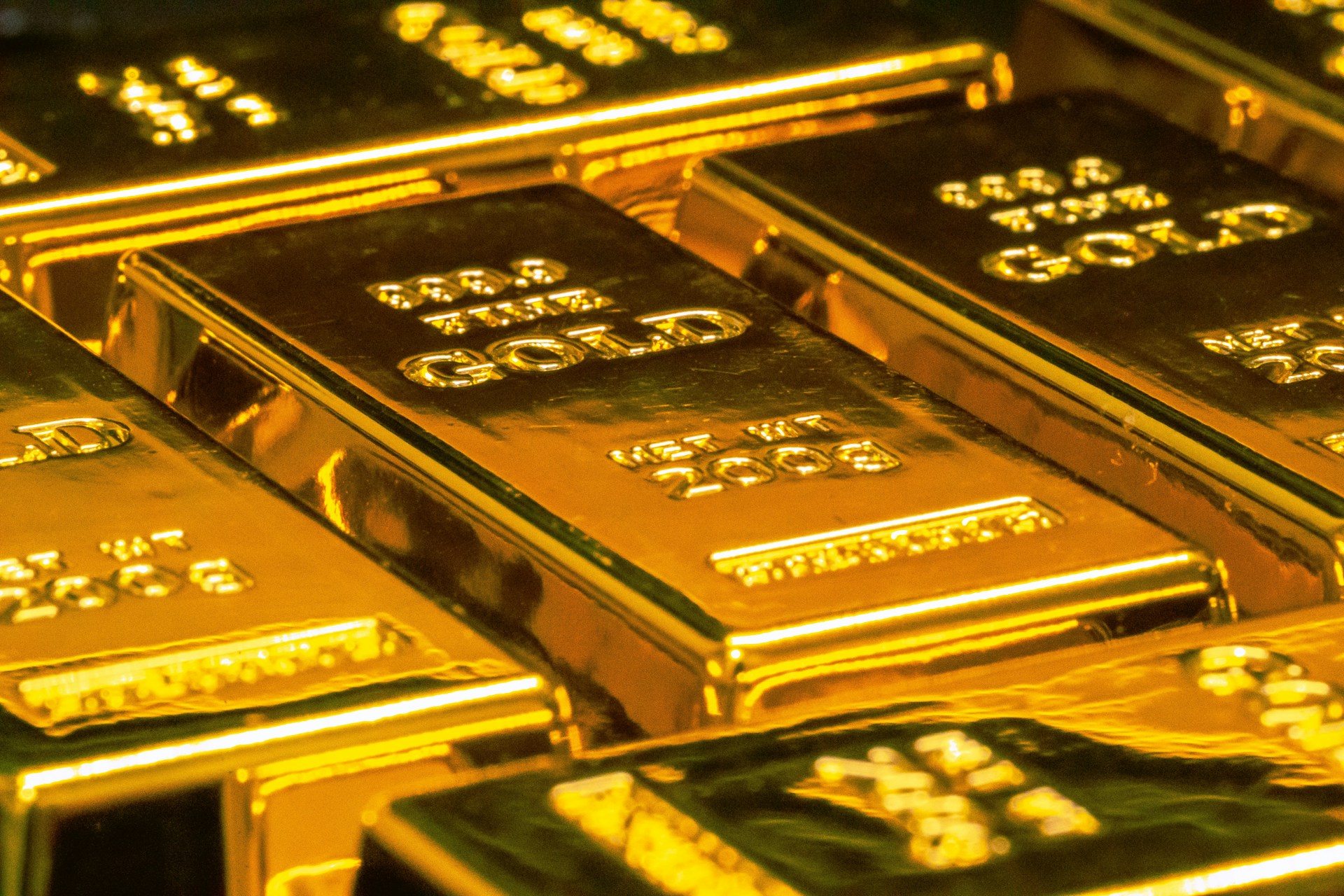Will the Chinese and Indians also be crazy about gold?

What will happen to gold prices. The comment by Claudio Wewel, FX Strategist of J. Safra Sarasin, on the prospects and factors supporting the rise in the price of gold
Gold's sudden surge to a new all-time high was a bit of a surprise, given the lack of an obvious trigger. Recently, gold rose from just over $2,000 to nearly $2,200 an ounce, while remaining substantially below its all-time high in real terms. Of course, the moderate decline in real yields partly explains this year's performance. But the movement seems out of proportion. Although it has been tight for many years, gold's correlation with real yields has loosened over the past two years. As 2022 began, the sharp surge in global yields opened a substantial gap between the US 10-year TIPS yield and gold.
If you deflate gold with overall US inflation, the gap narrows to some extent. This shows that the current level of the gold price is also the result of the high inflation recorded in recent years. Going forward, we believe inflation readings may remain a relevant driver as markets reassess the likelihood of inflation remaining higher or weigh the possibility of central banks revising their inflation targets upwards. However, structural changes probably account for the largest part of the gap. Some time ago we noticed that emerging market central banks had emerged as major buyers of gold.
Last year's gold purchases confirm this idea. The World Gold Council (WGC) lists China as the largest buyer of gold in 2023. Furthermore, gold purchases by central banks have increased significantly overall. We believe these purchases are part of a greater effort to reduce political dependence on the US dollar, for which the freeze of Russian dollar assets at the start of the war in Ukraine likely acted as a major catalyst. In essence, increased institutional demand has created a “central bank put” that protects gold from the prevailing high levels of real yields.
Although institutional demand is significant, its volume remains lower than that of private purchases. In this space, Chinese and Indian consumers remain the key players. However, the incentives to invest in gold have clearly increased for Chinese buyers, given the weaker growth outlook and the underperformance of the Chinese stock market. There is not even a glimpse of an improvement in the Chinese real estate market. Strong capital controls and the absence of viable investment alternatives make gold bars and coins an attractive safe haven for Chinese investors. Furthermore, the opportunity cost of holding gold is relatively low for Chinese investors, given the low interest rates. As a result, the Shanghai-London gold premium has recently risen to high levels.
Unlike China, India's macro dynamics continue to be strong, with GDP growth exceeding 6% in 2023. Given the importance of the Indian market for jewelry demand, we believe India's growth dynamics they should turn into an increasingly important structural driver for the price of gold. Taking these elements together, we expect rising structural demand from emerging markets to support gold at elevated levels throughout the year. However, some caution is warranted in the short term as the metal appears overbought from a tactical perspective.
This is a machine translation from Italian language of a post published on Start Magazine at the URL https://www.startmag.it/economia/anche-cinesi-e-indiani-andranno-pazzi-per-loro/ on Sun, 31 Mar 2024 05:44:24 +0000.
